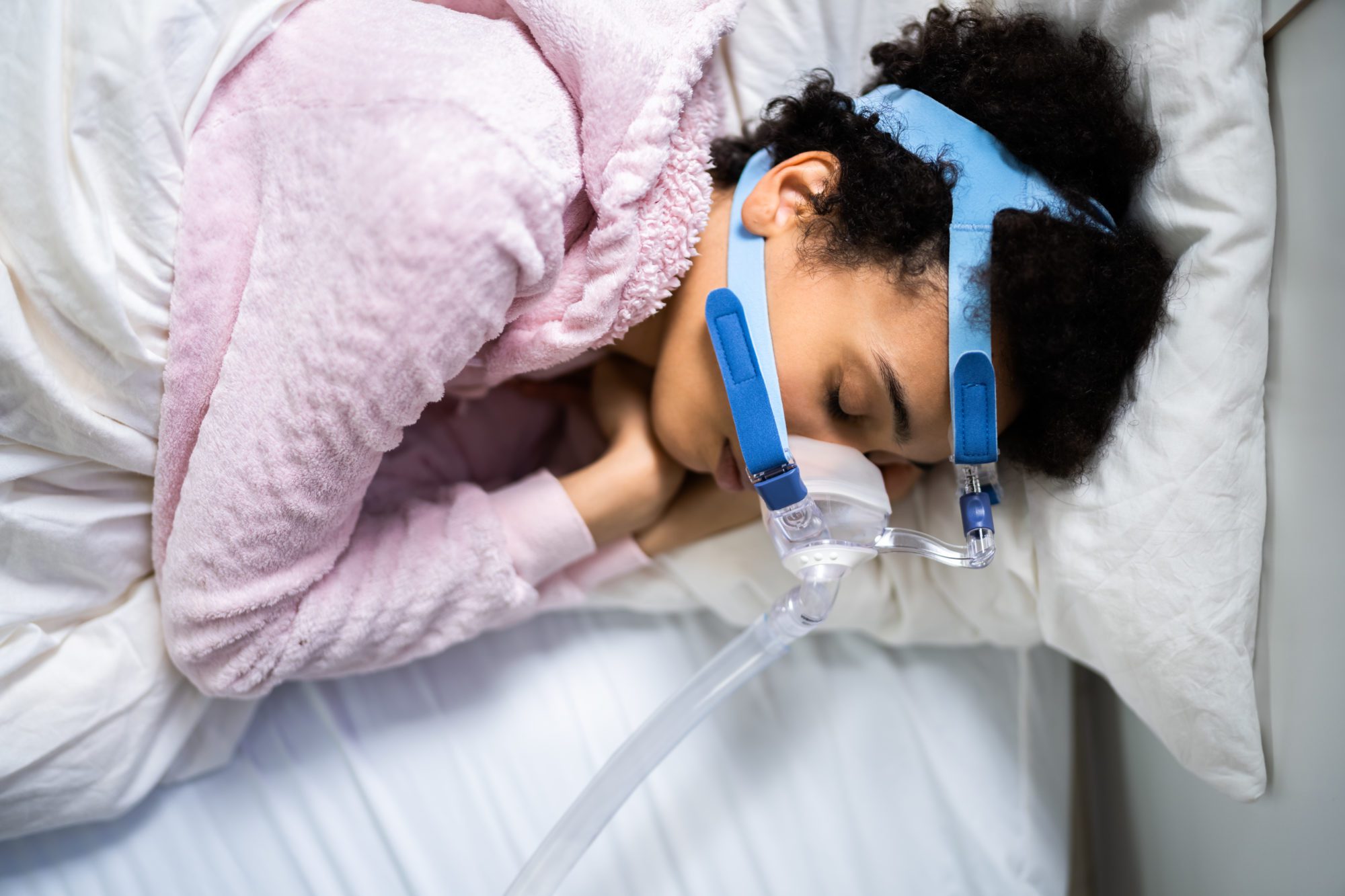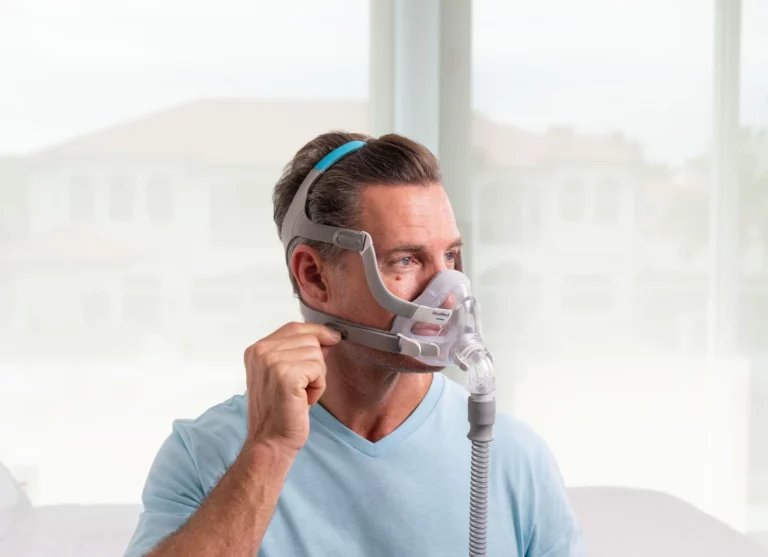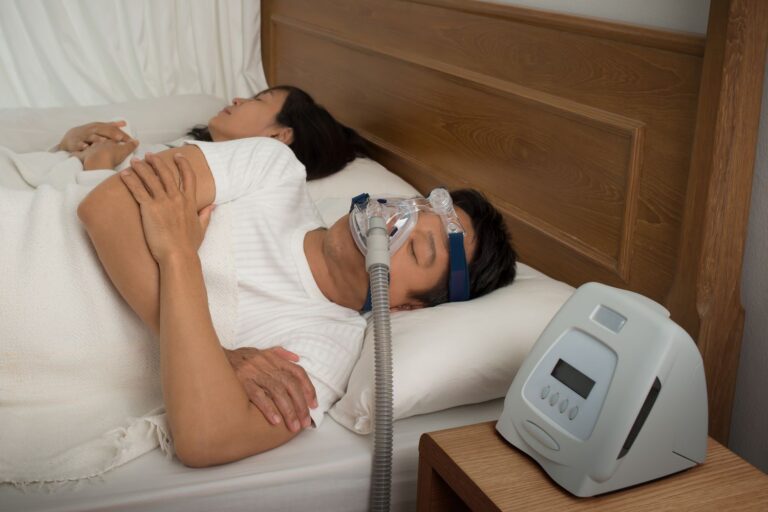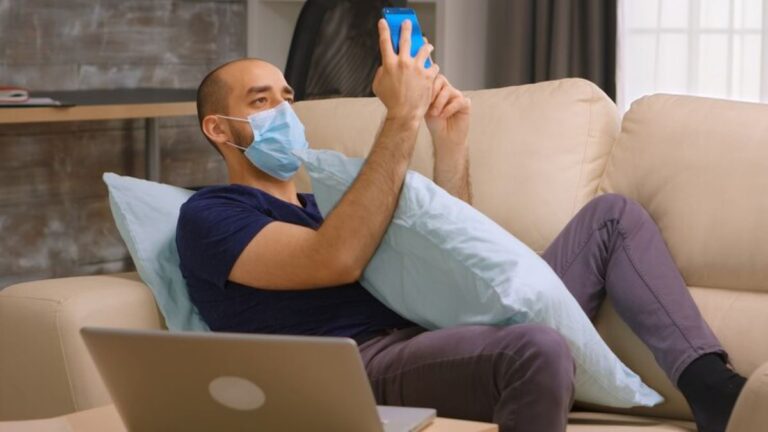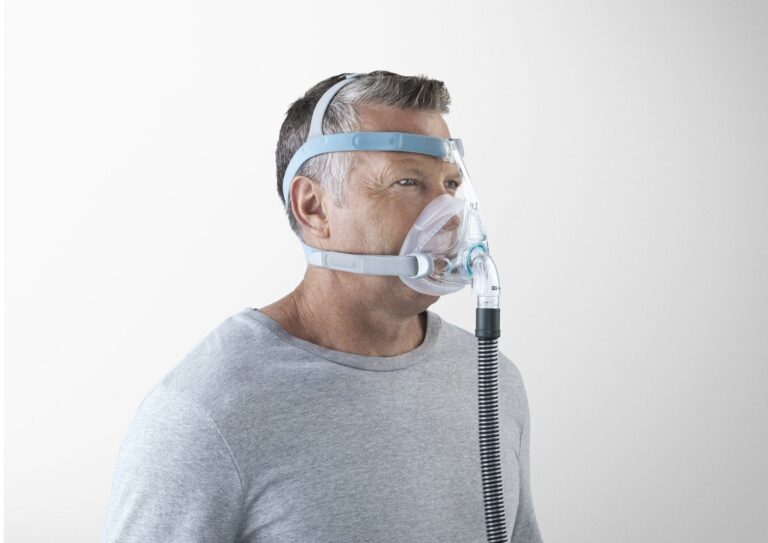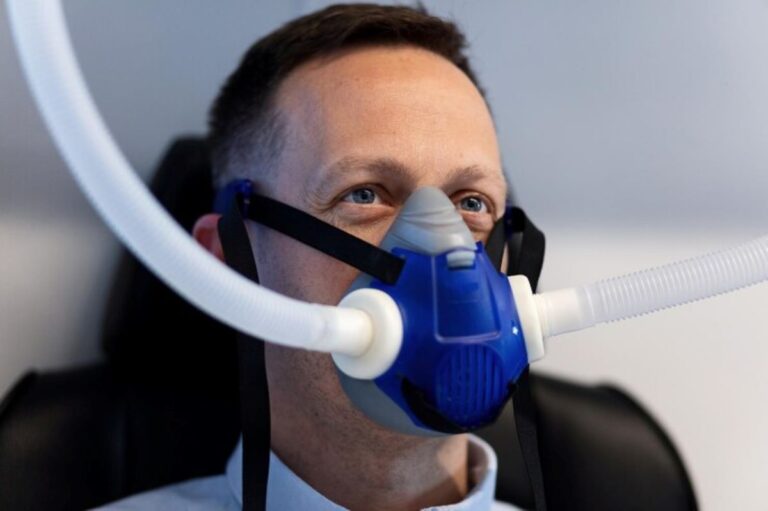Understanding Sleep Apnea
Sleep apnea is a common sleep disorder characterised by repeated interruptions in breathing during sleep. These interruptions can last from a few seconds to minutes and can occur multiple times throughout the night. The most prevalent type is obstructive sleep apnea (OSA), which occurs when the muscles in the throat relax excessively, blocking the airway.
Individuals suffering from sleep apnea often experience excessive daytime sleepiness, loud snoring, and restless sleep. The condition can lead to serious health complications, including cardiovascular issues, diabetes, and decreased quality of life. Therefore, effective treatment is crucial.
In addition to the physical symptoms, sleep apnea can also have profound effects on mental health. Many individuals report experiencing mood swings, irritability, and difficulty concentrating, which can be attributed to the fragmented sleep patterns caused by the disorder. The lack of restorative sleep may exacerbate conditions such as anxiety and depression, creating a vicious cycle that can be challenging to break. Furthermore, the social implications of sleep apnea, such as the embarrassment of loud snoring or the need for sleep aids, can lead to isolation and reduced social interactions, further impacting an individual’s overall well-being.
Diagnosis of sleep apnea typically involves a sleep study, which can be conducted in a sleep clinic or at home using portable monitoring devices. This study helps to assess the severity of the condition and determine the most appropriate treatment options. Treatments may range from lifestyle changes, such as weight loss and positional therapy, to the use of continuous positive airway pressure (CPAP) machines, which keep the airway open during sleep. In some cases, surgical interventions may be considered to remove excess tissue from the throat or to correct structural abnormalities. Early diagnosis and intervention are key to managing sleep apnea effectively and improving the quality of life for those affected.

Common Treatment Options
There are various treatment options available for sleep apnea, with the two most widely used being Continuous Positive Airway Pressure (CPAP) machines and oral appliances. Each treatment has its own set of advantages and disadvantages, and the choice often depends on the severity of the condition, patient preference, and medical advice.
CPAP machines are considered the gold standard for treating moderate to severe obstructive sleep apnea. They work by delivering a continuous stream of air through a mask, which keeps the airway open during sleep. This method significantly reduces the number of apnoeic events and improves overall sleep quality.
CPAP Machines
One of the primary benefits of CPAP therapy is its effectiveness. Studies have shown that CPAP can reduce the risk of cardiovascular problems associated with sleep apnea. Additionally, many users report feeling more alert and energised during the day after consistent use. Furthermore, the positive impact of CPAP therapy extends beyond just improved sleep; many users also experience enhanced mood and cognitive function, which can lead to better performance at work and in daily activities.
Challenges of CPAP Therapy
Despite its effectiveness, CPAP therapy is not without challenges. Many users find the mask uncomfortable or cumbersome, leading to difficulties in adhering to the treatment. Some may experience skin irritation or claustrophobia, which can further discourage regular use.
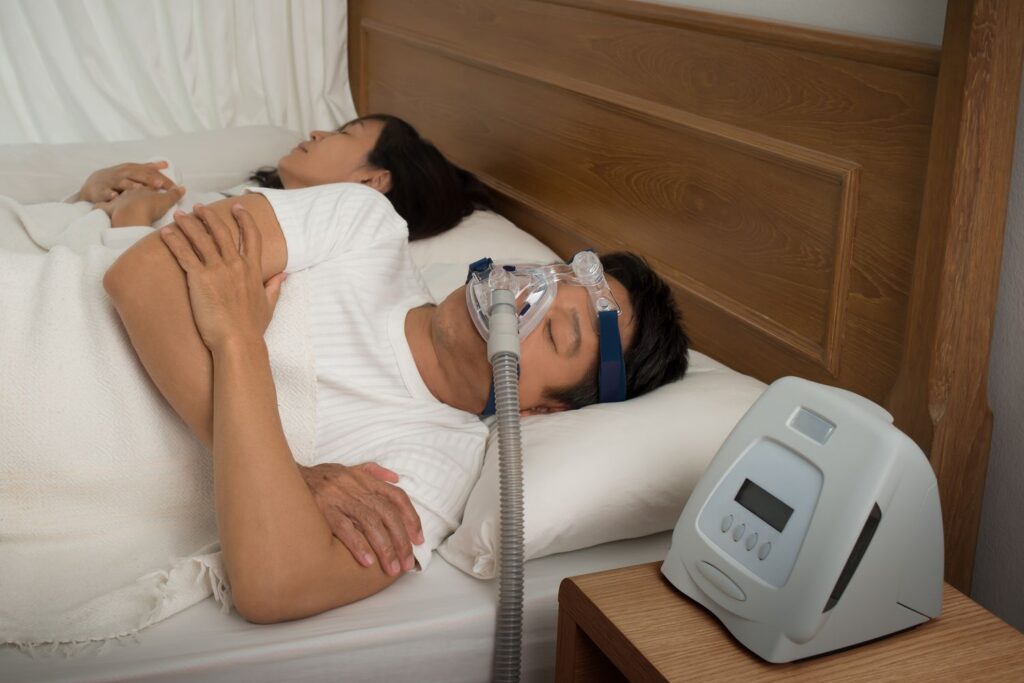
Moreover, CPAP machines can be noisy, which may disturb both the user and their partner. Maintenance is also required, as the equipment must be cleaned regularly to prevent infections. These factors can contribute to a lower compliance rate among users. In addition, the initial financial investment for a CPAP machine and ongoing costs for supplies, such as masks and filters, can be a concern for some patients. As a result, exploring alternative treatments, such as positional therapy or lifestyle changes, may be beneficial for those who struggle with CPAP adherence. These alternatives can include weight loss, avoiding alcohol and sedatives before bedtime, and sleeping on one’s side, which may help alleviate symptoms of sleep apnea in milder cases.
Oral Appliances
Oral appliances are another viable treatment option for sleep apnea, particularly for those with mild to moderate cases. These devices, often custom-fitted by a dentist, work by repositioning the jaw and tongue to keep the airway open during sleep. They are generally less intrusive than CPAP machines and can be more comfortable for some users.
Benefits of Oral Appliances
One of the most significant advantages of oral appliances is their portability. Unlike CPAP machines, which require electricity and can be bulky, oral appliances are small and easy to carry, making them ideal for travel. Additionally, many users find them easier to wear and more comfortable, leading to better compliance rates. Read more about electricity on https://wonders.physics.wisc.edu/what-is-electricity/
Oral appliances also tend to be quieter than CPAP machines, which can be beneficial for couples sharing a bed. Furthermore, they do not require the same level of maintenance, making them a more convenient option for some individuals.
Limitations of Oral Appliances
However, oral appliances are not without their limitations. They may not be as effective for individuals with severe sleep apnea or certain anatomical issues that contribute to airway obstruction. Additionally, some users may experience side effects such as jaw discomfort, tooth movement, or bite changes over time.
It is also important to note that oral appliances may require adjustments and regular follow-ups with a dental professional to ensure they remain effective and comfortable. This ongoing care can add to the overall cost of treatment.
Comparative Effectiveness
When comparing CPAP machines and oral appliances, effectiveness is a key consideration. Research indicates that CPAP therapy is generally more effective for severe cases of obstructive sleep apnea. However, oral appliances can be a suitable alternative for those with mild to moderate conditions or for individuals who cannot tolerate CPAP therapy.
Patient Compliance
Patient compliance plays a significant role in determining the success of either treatment. Studies suggest that users of oral appliances may have higher adherence rates compared to CPAP users, primarily due to the comfort and convenience of the devices. This compliance can lead to better overall outcomes, regardless of the treatment type. Click here to find more about comfort.
Long-Term Health Outcomes
Long-term health outcomes are also an essential factor to consider. CPAP therapy has been extensively studied, and its benefits in reducing cardiovascular risks and improving sleep quality are well-documented. Oral appliances, while effective for many, may not provide the same level of protection against long-term complications associated with sleep apnea.
Making the Right Choice
Choosing between CPAP machines and oral appliances ultimately depends on individual circumstances. Factors such as the severity of sleep apnea, personal comfort, lifestyle, and medical history should all be considered. Consulting with a healthcare professional is crucial in making an informed decision.
Consultation with Specialists
A thorough evaluation by a sleep specialist can help determine the most appropriate treatment option. This may include a sleep study to assess the severity of the condition and identify any underlying factors contributing to sleep apnea.
In some cases, a combination of treatments may be recommended to achieve optimal results. For instance, some patients may benefit from using an oral appliance in conjunction with CPAP therapy, particularly if they experience difficulty with either method alone.
Trial and Adjustment
It is essential to approach treatment with an open mind, as finding the right solution may take time. Many patients undergo a trial period with their chosen treatment to assess its effectiveness and comfort level. Adjustments may be necessary to ensure the best possible outcome.
Conclusion
In the battle between CPAP machines and oral appliances for the treatment of sleep apnea, there is no one-size-fits-all solution. Each treatment has its unique benefits and challenges, and the best choice varies from person to person. Understanding the specifics of each option and consulting with healthcare professionals can lead to a more tailored and effective approach to managing sleep apnea.
Ultimately, the goal is to improve sleep quality, enhance daytime alertness, and reduce the risk of associated health complications. With the right treatment, individuals suffering from sleep apnea can reclaim their nights and improve their overall well-being.
Other resources: Common CPAP Machine Problems and How to Troubleshoot Them

